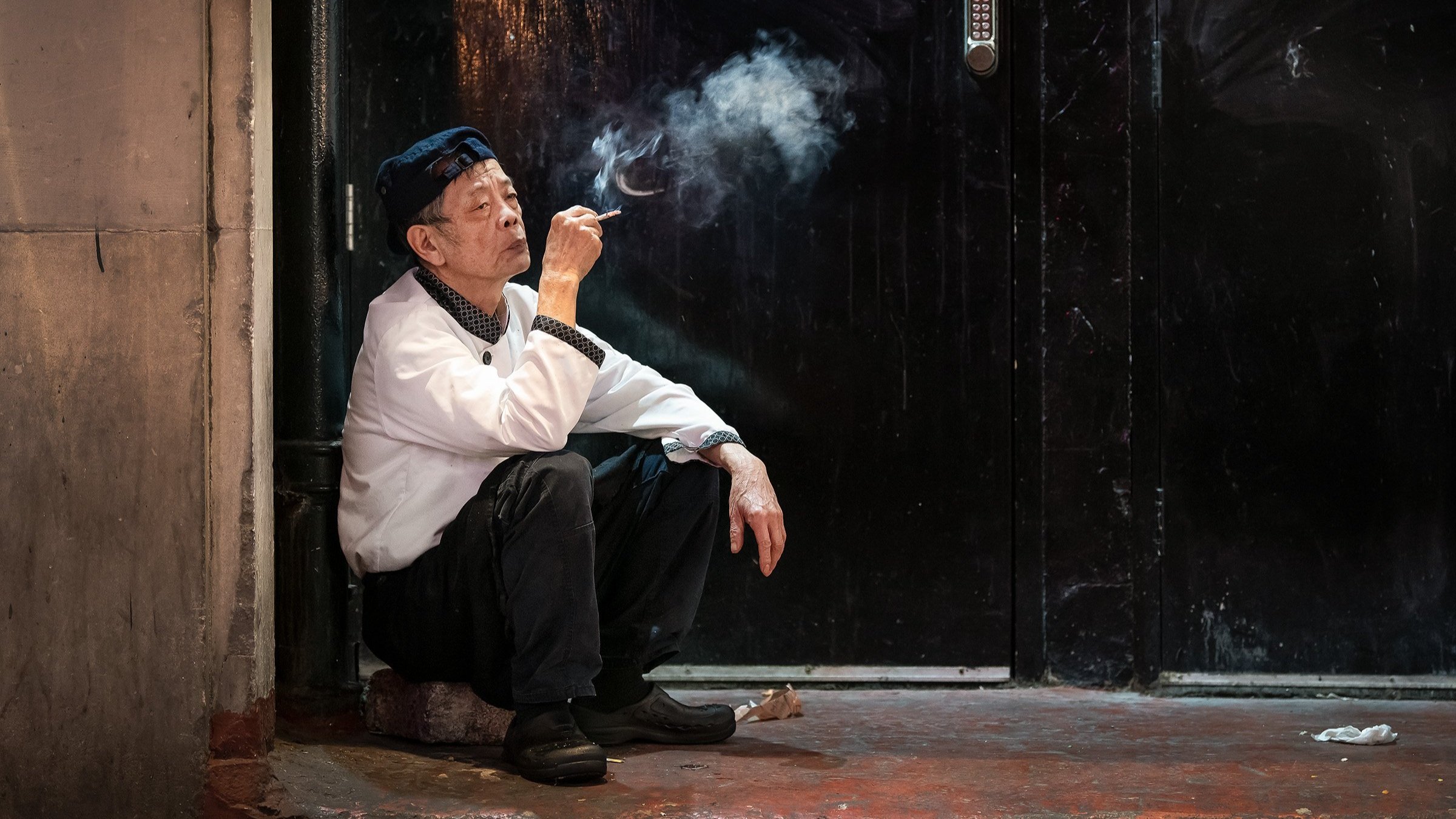Kettle Moraine by James W Popp
Welcome to another captivating photo essay, this time by James W Popp We'd love to hear your thoughts. Feel free to comment below and, if you're interested, share your photo essay with us. Your perspectives add valuable dimensions to our collective exploration.
Immerse yourself in an enchanting journey through the lens of James W Popp, a seasoned photographer and avid forest walker based in Wisconsin. With an eye for the extraordinary in the ordinary, Popp presents a captivating photo essay of the Northern Unit of the Kettle Moraine State Forest in Wisconsin, USA. This enchanting forest, with its unique landscape and rich history, has served as a canvas for Popp's exploration of nature's resilience and the enchanting beauty it holds. Through his evocative imagery, Popp invites us to explore the intricate forms, structures, and geometries of the forest, as well as its past, present, and uncertain future. As we delve into this photo essay, prepare to be captivated by the sheer tenacity and adaptability of nature, as encapsulated in the Kettle Moraine.
I am fascinated by lands that were once under more intense human usage and since have been left to move to a more wild state. I feel wonder in what these lands have become. Land that remains surrounded by human activity, but has been able to become a new wild. Developing to that state both on its own and under the influence of humans.
I have photographed in these isolated pockets of forests trying to express my wonder in their forms, structures, and geometries. Wonder in the complexity, tenacity, and beauty of the land left to its own devices. Born from this wonder, my work envisions the forest's past, its resilience or lack of it, and how it will be in the future.
This portion of my project features the Northern Unit of the Kettle Moraine State Forest in Wisconsin, USA. My work in this area evolved from many years of hiking in it. The land has a long history of different usages. At one time, nearly half of the land went under cultivation and much of the rest was deforested. Large stands of conifers which were not typical of the area were planted as part of an early attempt at reforestation. Despite this history, the area has been sculpted into a unique landscape of vegetation somewhat resembling a natural state. Many areas of the forest have now reached 100-150 years of age, some of the oldest in Wisconsin.
The arrival of invasives, changes in climate, and the return to active logging means the land is in a constant state of flux with a rather uncertain future. The trees and other vegetation have shown a remarkable ability to survive. It is this resilience, and in some instances lack of resilience that I am trying to portray. An attempt to show the grandeur I feel when I am in this landscape.
James W Popp (Website, Instagram) is a photographer based in Wisconsin. James has been a long time walker in the forests of Wisconsin and Florida and has been photographing the smaller parcel of green space left around him. His interest is in his relationship to those spaces as they become rewilded.
His work has been shown at the Racine Art Museum and PhotoMidwest biennial, on the Don’t Take Pictures and F-Stop online magazines, and featured in On Landscape magazine.

















